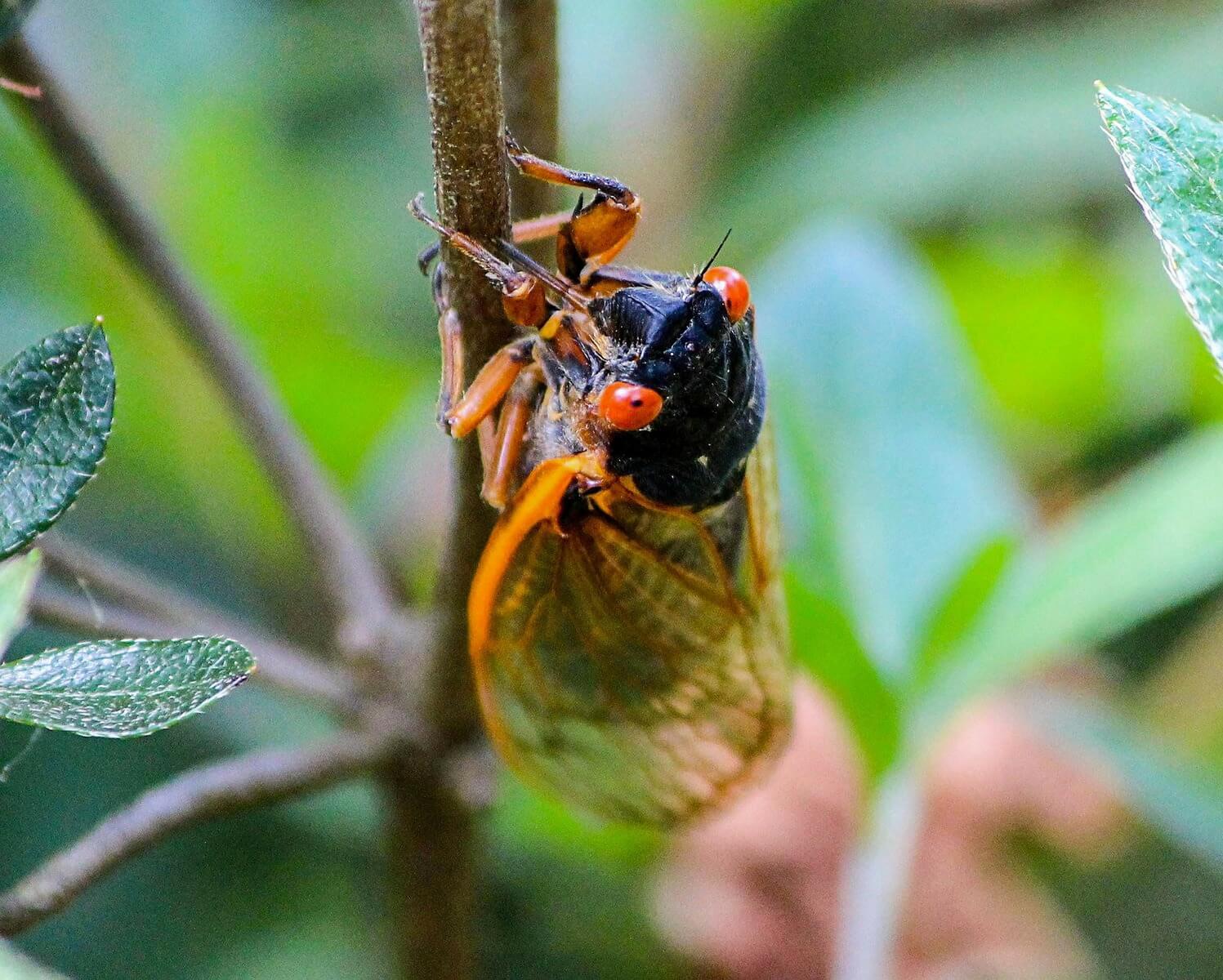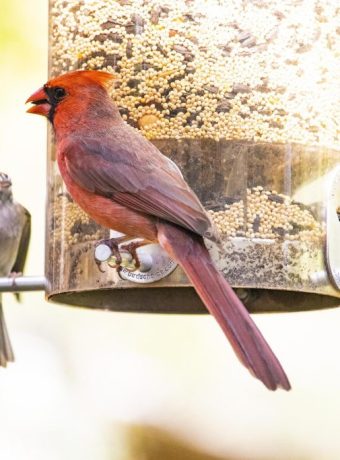Brood X cicadas are coming for a visit

They are visitors who show up uninvited every 17 years to make a lot of noise. The good part is they don’t bite, and they usually quiet down at night. And wow, can that will be a relief.
Scientists have named them Brood X (10), one of 15 different broods of 17-year cicadas. Periodical cicadas living in the eastern U.S. will be emerging all together between April and May. That is, unless the ground is too cold (should be about 64 degrees) or there is too much rain — then they will just wait patiently until conditions are right.
They will not go unnoticed. There will be trillions of them spread across 15 states. A half-acre could produce 500 pounds of the critters. Their sudden appearance leads to a feeding frenzy for other animals. Everything starts eating them. Birds, cats, dogs, fish and rodents will stop what they are doing and eat cicadas.
The lovelorn males will make a lot of noise during the day with their loud buzzing mating calls, so attractive to female cicadas and so annoying to humans. The females lay fertilized eggs in a tree branch by cutting a slit with their sharp wings. In a two or three weeks, they either die or go back into the earth. Meanwhile, their young hatch in the tree limb in six to 10 weeks, drop to the ground, and tunnel in to the tree roots.
People will notice empty cicada exoskeletons attached to trees, fences or wires. These are from the juvenile cicadas, who have spent 17 years as nymphs drinking tree sap. When the juveniles emerge with their brethren, they are white nymphs. Their exoskeletons become darker and harden over four to six days. Once hardened, they leave their juvenile exoskeletons, having grown new, clear but colorful noise-making wings, according to Live Science.
The good news is that in cities and sprawling urban areas, cicadas probably won’t be too much of a problem, since they love young trees in the forest. Farmers and gardeners generally do not have to worry about damage to plants. But if you have a lot of young plants, a net might protect the plants from sharp cicada wings.
Biologists think the 17-year cycle prevents the brood from interbreeding with cicadas that appear on cycles of 2-13 years. With the long cycles, the Brood X cicadas can only emerge at the same time as other cicadas every 221 years, keeping their biology pure, according to Nature.
Brood X cicadas will emerge in 15 states: Delaware, Illinois, Georgia, Indiana, New York, Kentucky, Maryland, North Carolina, New Jersey, Ohio, Pennsylvania, Tennessee, Virginia, West Virginia, Michigan, as well as in Washington D.C.
The next appearance has been predicted to occur in 2038, according to Wikipedia.
Some Brood X emergents were four years early, appearing throughout the brood’s range in 2000 and in the Baltimore, Maryland-Washington, D.C., area in May 2017.
Image by JamesDeMers
- Small, furry opossums - April 17, 2023
- The role of the humble earthworm in sustainable agriculture - December 16, 2022
- How to pet proof your home when decking the halls - October 17, 2022




